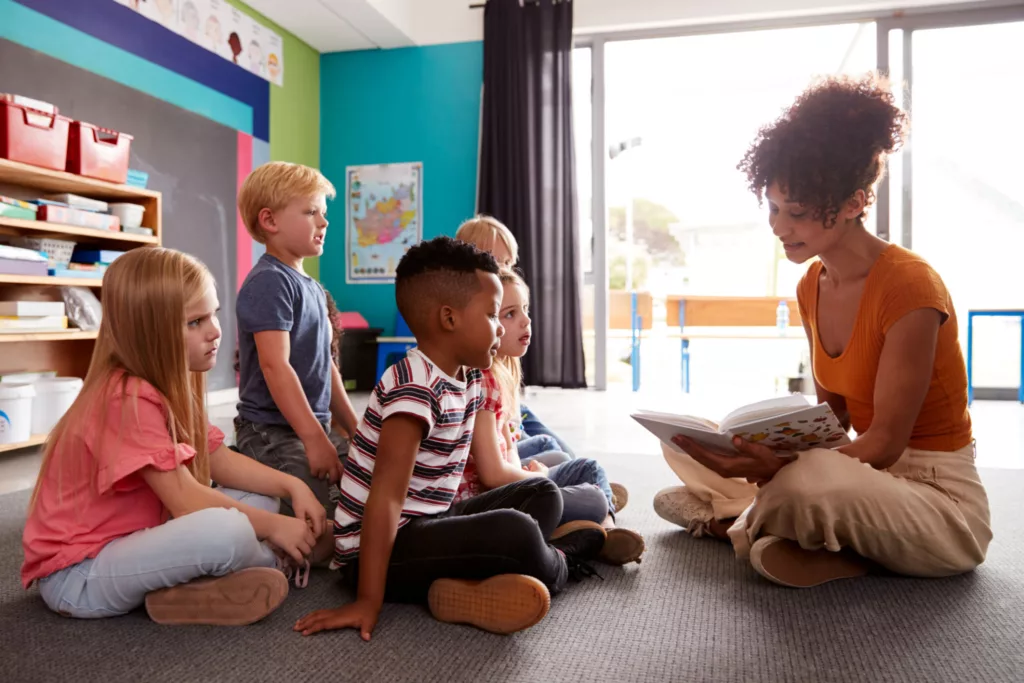As our world becomes increasingly interconnected, learning to embrace differences is more important than ever. This is something that I have learned firsthand as an international teacher, and these lessons can be applied to anyone, no matter where they are in the world.
One of the first things I have learned is that cultural differences can be challenging and rewarding. On the one hand, it cannot be easy to understand why people from different cultures do things differently. But on the other hand, these differences can also be fascinating and enriching and help us learn more about ourselves and others.
For example, teaching in different countries has allowed me to learn about other educational systems and approaches to learning. This has allowed me to become a more flexible and adaptable teacher and has helped me understand my students’ needs better.
In addition, working with students from different cultures has taught me the importance of patience and understanding. It can be easy to become frustrated when communication is difficult, but it’s important to remember that everyone has their way of expressing themselves. By taking the time to listen and understand, we can build stronger relationships with those around us.
Another important lesson that I have learned is the value of diversity. Working with people from different backgrounds exposes us to new ideas and perspectives that we might not have otherwise considered. This can help us become more creative and innovative and lead to new solutions to old problems.

In my experience, embracing diversity has also helped me to become more empathetic and compassionate. When we take the time to understand and appreciate the experiences of others, we can develop a greater sense of empathy and better relate to those around us.
Of course, learning to embrace differences can be challenging. It can be hard to navigate different cultural norms and expectations, and it can be difficult to let go of our biases and assumptions. But by consciously being open and accepting, we can create a more inclusive and welcoming environment for everyone.
So how can we embrace differences in our daily lives? Here are a few tips:
- Be open-minded: Try to approach new experiences and people open-mindedly. Remember that everyone has their unique perspective and that there is no one “right” way of doing things.
- Listen actively: When communicating with someone from a different culture, listen actively and ask questions. This helps clarify any misunderstandings and shows that you value their perspective.
- Celebrate diversity: Take the time to learn about different cultures and celebrate the diversity around you. This can help build a sense of community and foster a greater appreciation for different ways of life.
- Challenge your assumptions: Be aware of your own biases and beliefs, and make a conscious effort to challenge them. Doing so can make you more open-minded and accepting of those around you.
In conclusion, learning to embrace differences is an important skill that can help us become more understanding, empathetic, and inclusive. Whether teaching in another country or simply interacting with those around us, it’s important to make a conscious effort to be open and accepting of those around us. By doing so, we can create a more harmonious and connected world.
Meet Our Successful Graduates: Learn how our courses have propelled graduates into rewarding
careers. Explore their success stories here!
Discover More About Your Future: Interested in advancing your teaching career? Explore our
IPGCE, MA, and QTS courses today!

Explore Our Courses: Ready to take the next
step in your education journey? View our
comprehensive course offerings now!

